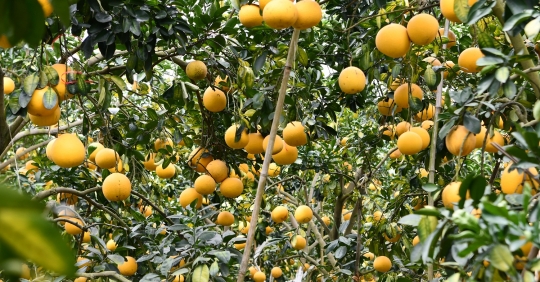In December 2021, the Department of Crop Production sent a document to the Vietnam Institute of Agricultural Sciences (VAAS) on the completion of the draft dossiers of National Standards (TCVN), National Technical Regulations (QCVN) for plants, industry, fruit trees are the main crops ( hereinafter referred to as draft).
In January 2022, VAAS sent a document to the Ministry of Crop Production to report and clarify some points on the draft for the Ministry of Crop Production to consider and decide. newspaper Vietnamese culture would like to repeat some of the main points that VAAS submitted in the document on this subject to the Ministry of Crop Production.
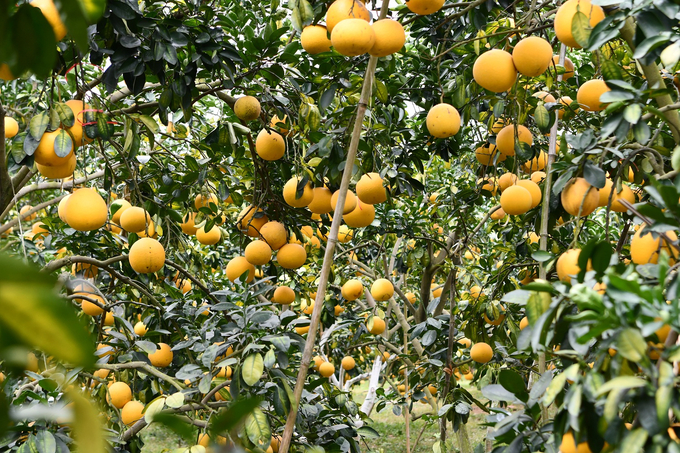
The specification of technical details in the TCVN is not feasible in the application, which means that creativity in the implementation process is lost.
Limitation of add-on value, value in use (VCU)
Regarding the requirement to set specific limits for all criteria in the Standard on Value of Cultivation and Use (VCU), the Drafting Committee of VAAS said that the requirement for organizations and individuals is very important for individuals to conduct and publish tests basic Information about a new variety when applying for recognition and placing on the market. However, it is unnecessary and impractical to require new plant varieties to meet a specific cut-off point for all test criteria, as society’s demand for quality agricultural products (made from new plant varieties) varies widely.
Therefore, in preparing the draft, the drafting committee of the VAAS scrutinized, carefully and scrupulously examined the criteria to be examined and the criteria that must indicate the limit values that the plant varieties must reach if they are admitted to circulation. On this basis, the draft has divided the test criteria of VCU into 3 groups:
+ The set of criteria requiring the limit: The set of mandatory criteria that must be met if the distribution of the plant variety is recognised. This group includes the criteria that all society desires and that science and technology in breeding and breeding should strive for.
+ The target group does not require a limitation, but must be tested for disclosure of information and transparency in the identification and dissemination of plant varieties.
+ The group of indicators of voluntary testing: including the characteristics of resistance to adverse conditions (drought, waterlogging, salinity, alum). These are the criteria that do not force all new varieties to have this characteristic, but it is necessary to establish the test procedure so that the testing organization can apply it consistently when required by organizations and individuals.
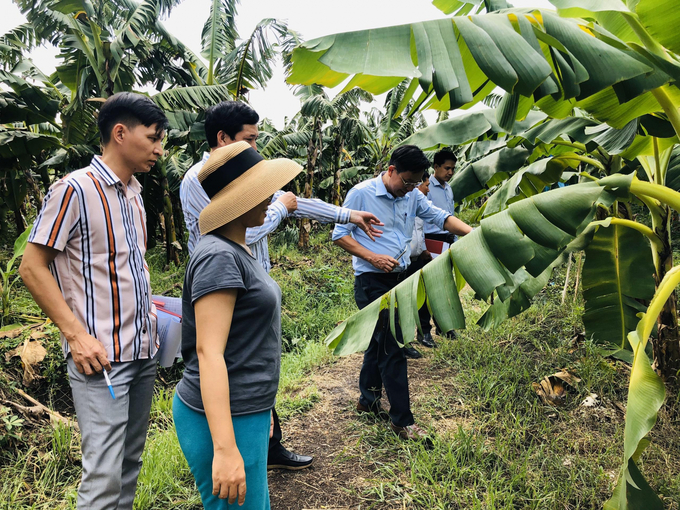
Too detailed technical regulations in the TCVN can hinder the development and protection of the technological know-how of organisations, individuals and companies.
If the TCVN and QCVN are legal documents developed to serve the purpose of implementing the Cultivation Act, the VAAS Drafting Committee believes that it is impossible to provide overly detailed rules that are technical or regulatory in nature. Especially when an activity can be carried out after many technological solutions or modified when new technologies are available (e.g. size of the pot, seedling when released…) a binding regulation is not possible.
Technical details in the TCVNs would be impractical to use, hamper creativity in implementation and even hamper the development and protection of technological know-how by organizations, individuals and companies.
About the use of control varieties in the experiment
The use or non-use of the control seed in the VCU study is an issue that has been very carefully studied and discussed by the VAAS draft committee and has produced different options in each draft. In the draft, which was sent to the Department of Crop Production for consultation with organizations and individuals, the drafting committee of the VAAS still provided regulations for the use of control varieties in the trial.
However, in the process of acquisition, there have been many insightful comments on the scope of the control variety, most notably the opinions of the Vietnam Seed Trade Association and the General Department of Standards. Quality Measurement recommends removing the control variety from the draft for the following reasons:
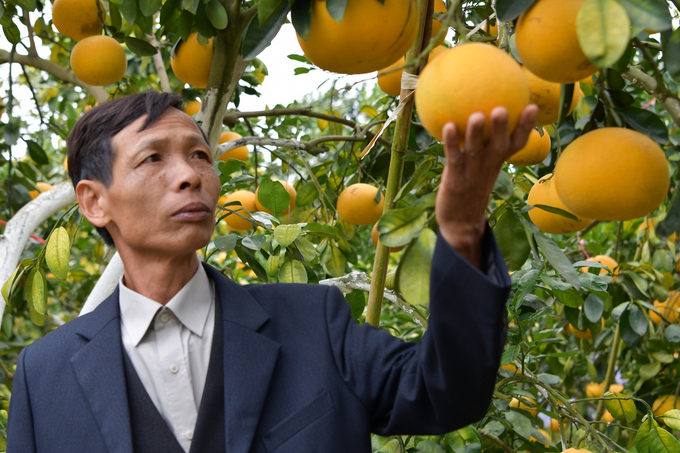
Not only for food crops, the issue of control varieties has received mixed opinions with the current regulations.
– When a plant variety is required to meet the limit of a set of criteria of cultivation value and utility value, any variety that meets that requirement may be accepted for marketing, not necessarily in comparison to another breed.
– Provisions on the use of controls as a criterion for the recognition of the marketing of plant varieties were not mentioned in Section 15 of the Breeding Act. Therefore, if more control varieties are needed in the TCVN, contrary to the provisions of Article 15 of the Cultivation Act, more conditions are imposed for variety recognition.
– For permanent fruit trees, the use of a control variety can lead to a multi-year trial process, which takes up unnecessary time and reduces the timeliness of newly recognized varieties.
(The comments above are from the Plant Variety Trade Association and Technical Committee on Standards TCVN/TC/F10. TCVNTC/F16, General Division of Standards, Metrology and Quality).
In addition to the above comments, the VAAS Editorial Board also considered other opinions expressed during consultation workshops and the information gathering process of organizations and individuals. In particular, it is necessary to infer the degree of fulfillment of the conditions for the recognition of the marketing of plant varieties in the following cases: the variety meets the quality limit prescribed in TCVN, but is lower than the quality level of the control variety; Varieties of higher quality than control varieties but lower than those specified in TCVN.
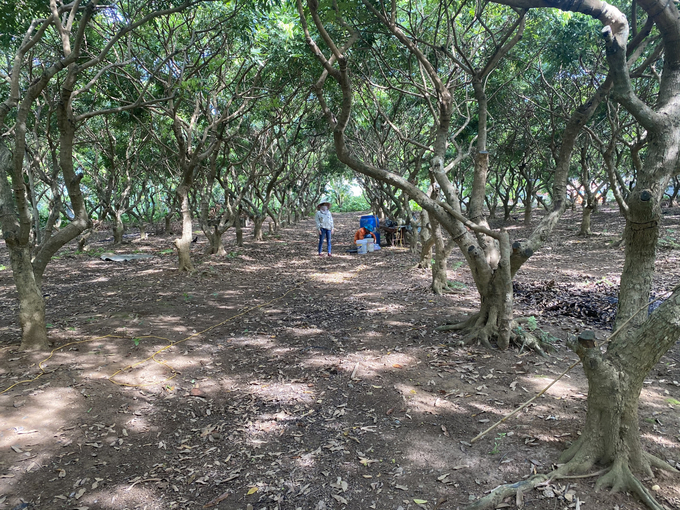
In the case of perennial fruit trees, the use of a control variety can lead to a multi-year experiment.
– According to the provisions of Section 4, Article 19 of the Law on Cultivation: “The orchard of perennial plant varieties is established by an organization or individual who has registered on their behalf in accordance with the National Standards on Methods for Marketing. Plant variety tests serve to determine the necessary effort”.
If additional regulations on control varieties are required, it will be difficult for organizations and individuals to apply this regulation, since in order to establish experimental orchards, organizations and individuals must also establish experimental varieties and the control variety, while the control variety has been selected by the testing organization may differ be of a different variety (not the same as the variety selected by the organization or individual).
– Using varieties from other organizations or individuals as controls (without the consent of those organizations or individuals) and announcing test varieties that are better than the control varieties inadvertently advertised for new varieties. This may violate the regulations on prohibited acts in advertising activities pursuant to Section 10, Article 8 of the Advertising Law No. 16/2012/QH13 (Advertising by applying the direct advertising comparison method) Prices, quality and efficiency of use Products, goods and services with prices, quality and efficiency in the use of products, goods and services of the same type of other organizations or individuals).
About the trial zoning
The VAAS Editorial Board believes that zoning for cultivar trials based on ecozones (actually geoeconomic regions) is inappropriate since such a division does not reflect the true nature of the differences in genetic factors (temperature, humidity, rainfall, light, soil ) reflects …) between regions.
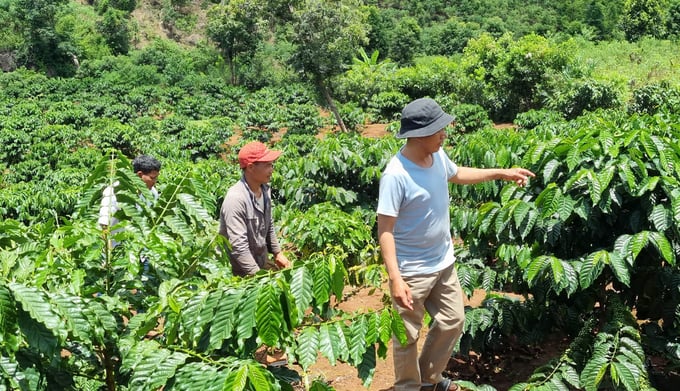
Coffee is one of the most important industrial crops, which is still very much involved in the stage of varietal recognition under the Cultivation Act.
Within a region, even within a province (e.g. Son La), there are large differences in ecological conditions between sub-regions, while many large regions have small sub-regions with similar ecological conditions (Moc Chau has conditions similar to Lam Dong) . Perhaps for this reason, the Cultivation Law in the Vietnamese Plant Standards has not established 7 zones for the recognition of plant variety traffic, with the zoning being determined specifically for each plant object according to the ecological needs of the country’s variety testing (associated with regional variety recognition).
In the review, the Drafting Board examined, considered, and used the average minimum temperature of the coldest month of the year as the basis for zone testing, as this is the environmental factor with the most obvious impact. on all three themes: orange, grapefruit, and banana trees. In fact, all three of these plants can be grown in all regions of the country. There may be many ecological factors specific to the regions that affect the growth, productivity and quality of the above three, but due to complex variations in weather, climate and soil… between regions, the editorial board believes that only the minimum temperature factor should be chosen as the basis for zoning, since this factor has the most negative impact on the growth and development of trees, such as dead trees or inability to grow.
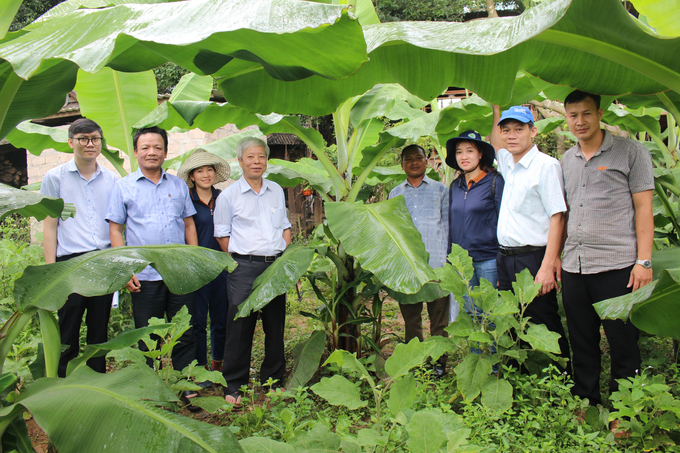
It is impossible to get bananas to lead tree recognition and exploitation.
Using this approach, the Drafting Board of VAAS specifically calculated the annual mean minimum temperature data of typical regions in Vietnam, which is proposed to be divided into 3 experimental regions corresponding to 3 temperature levels per year. This regulation not only meets technical requirements, but also ensures feasibility and cost savings in the testing and approval of new varieties of oranges, grapefruit and bananas.
Regarding the Vietnamese standard for leading trees with banana trees, the VAAS draft committee said that bananas are not a perennial but an annual tree that retains the root. The quality of the banana seedlings produced from the mother plant cannot be identical to that of the mother tree (under the same care conditions), therefore banana growers often have to replant their banana plantations after 2-3 planting seasons.
Choosing the mother banana as a guide tree will not make sense, since when using propagating material from the baby banana you have to use it. At the wide consultation conference, many localities said that it cannot be recognized because it is impossible to manage the exploitation and use of the leading banana tree, because immediately after the selection and recognition, the mother banana died, only the banana tree remains.

